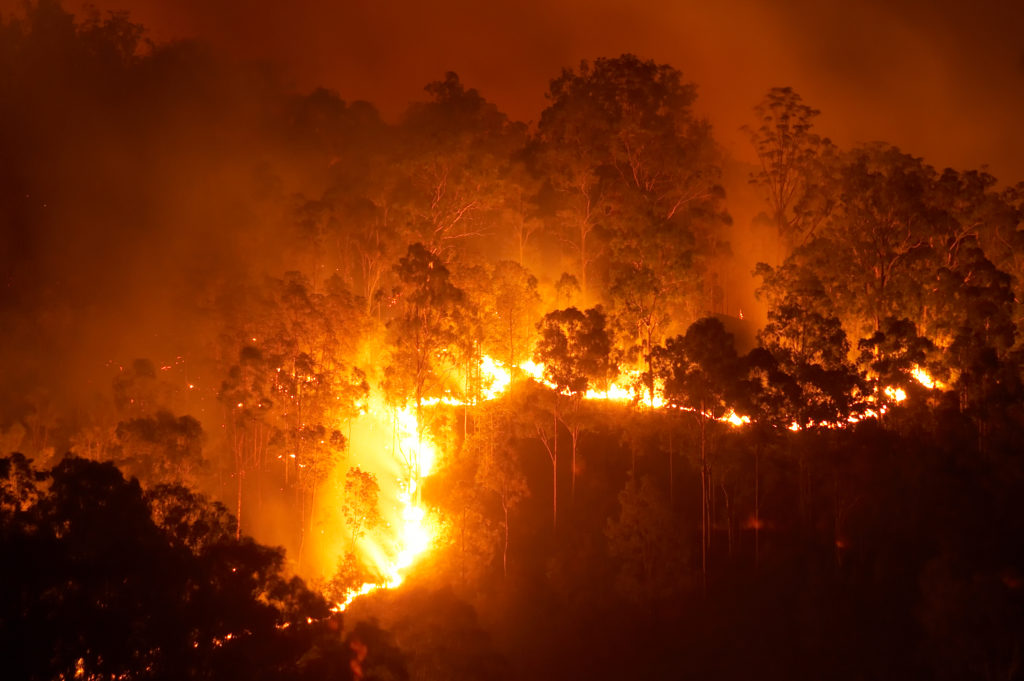Browsing Building Safety And Security: Recognizing the Significance of a BAL Report
Browsing Building Safety And Security: Recognizing the Significance of a BAL Report
Blog Article
How BAL Report Impacts Shrub Fire Protection Procedures
In the realm of bush fire defense, the Building Attack Degree (BAL) record stands as a vital device that significantly influences the security and strength of homes in fire-prone locations - BAL Report. The impact of a BAL evaluation extends far past plain paperwork; it functions as the keystone for determining the proper construction criteria and fire protection procedures essential to reduce the threats posed by bushfires. As communities come to grips with increasingly severe fire seasons, comprehending how the BAL record shapes these safety actions comes to be vital for homeowners, home builders, and policymakers alike
Understanding the Bushfire Assault Degree
/cdn.vox-cdn.com/uploads/chorus_image/image/66063681/GettyImages_1197451354.0.jpg)
Importance of BAL Record Evaluation

Additionally, the BAL report evaluation serves as a fundamental step in abiding by legal commitments and needs associated with bushfire security. Regional councils and authorities frequently mandate the submission of a BAL report as part of the preparation and structure authorization procedure to ensure that homes are properly safeguarded against bushfire risks. Falling short to carry out a complete BAL record evaluation can result in inadequate security procedures, leaving properties vulnerable to devastating bushfire occurrences.
Building Standards Based Upon BAL
A comprehensive understanding of the Bushfire Assault Level (BAL) makes it possible for residential or commercial property proprietors to apply building and construction criteria tailored to their certain danger profile. Building standards based upon BAL are vital in reducing the influence of bushfires on residential or commercial properties. The BAL ranking classifies the possible danger a property deals with throughout a bushfire on a range from BAL-Low to BAL-FZ (Fire Area) Each BAL degree corresponds to specific building and construction demands detailed in the Australian Common AS3959-2018 Construction of Buildings in Bushfire-Prone Locations. Buildings identified as BAL-Low may only call for standard actions such as getting rid of debris and keeping yards, while those in dig this greater BAL categories require even more durable procedures like coal displays, fire-resistant products, and sealed home windows. Following these building requirements not just improves the architectural strength of the property but additionally improves the general security of citizens throughout a bushfire event. Therefore, building proprietors must very carefully consider their BAL score and adhere to the corresponding construction standards to adequately safeguard their occupants and homes.
Implementing Fire Defense Measures
With the structure of construction criteria based on Bushfire Assault Level (BAL) in area, the emphasis now shifts towards the sensible application of fire defense actions to strengthen homes versus bushfire threats. Passive procedures consist of using fire-resistant building materials, mounting ember guards on vents, securing gaps in roofings and walls, and preserving a clear space around the home complimentary from flammable plants. By incorporating both passive and active approaches, properties can considerably minimize their vulnerability to bushfire events and increase the security of owners.
Safeguarding Homes Against Bushfires
Properly guarding homes versus the devastating influences of bushfires requires a comprehensive and positive strategy to fire defense measures. Homeowners staying in bushfire-prone locations have to prioritize the implementation of numerous approaches to enhance their building's strength versus wildfires. One fundamental facet is creating a defensible room around the home by maintaining a clear area devoid of flammable products. This includes consistently cutting greenery, removing dead plants, and guaranteeing a safe distance in between trees and structures. Mounting fireproof roof materials can also dramatically reduce the risk of ember assaults and straight flame contact. In addition, securing spaces and vents to avoid ash breach, as well as integrating fireproof doors and home windows, can assist fortify the home's useful reference defense against bushfires. Purchasing a dependable water resource, such as a well-kept lawn sprinkler or a find more specialized water container, is critical for supplying water throughout fire emergency situations - BAL Report. By welcoming a positive position and incorporating these protective procedures, house owners can significantly increase their possibilities of protecting their homes against bushfires.
Verdict
To conclude, the Bushfire Strike Level (BAL) record plays an essential role in establishing the needed defense steps versus bushfires. By assessing the BAL, building criteria can be customized to reduce the dangers and ensure the safety and security of homes in fire-prone locations. Executing fire defense steps based upon the BAL report is important in protecting residential or commercial properties from potential bushfire threats. It is essential for home owners to prioritize BAL analyses and comply with suggested construction criteria to enhance bushfire durability.
In analyzing bushfire danger to residential properties, recognizing the Bushfire Attack Level (BAL) is an essential element for carrying out reliable defense measures. Overall, a clear understanding of the Bushfire Assault Degree is essential for carrying out ample protection measures and alleviating the influence of bushfires on residential or commercial properties.

Report this page